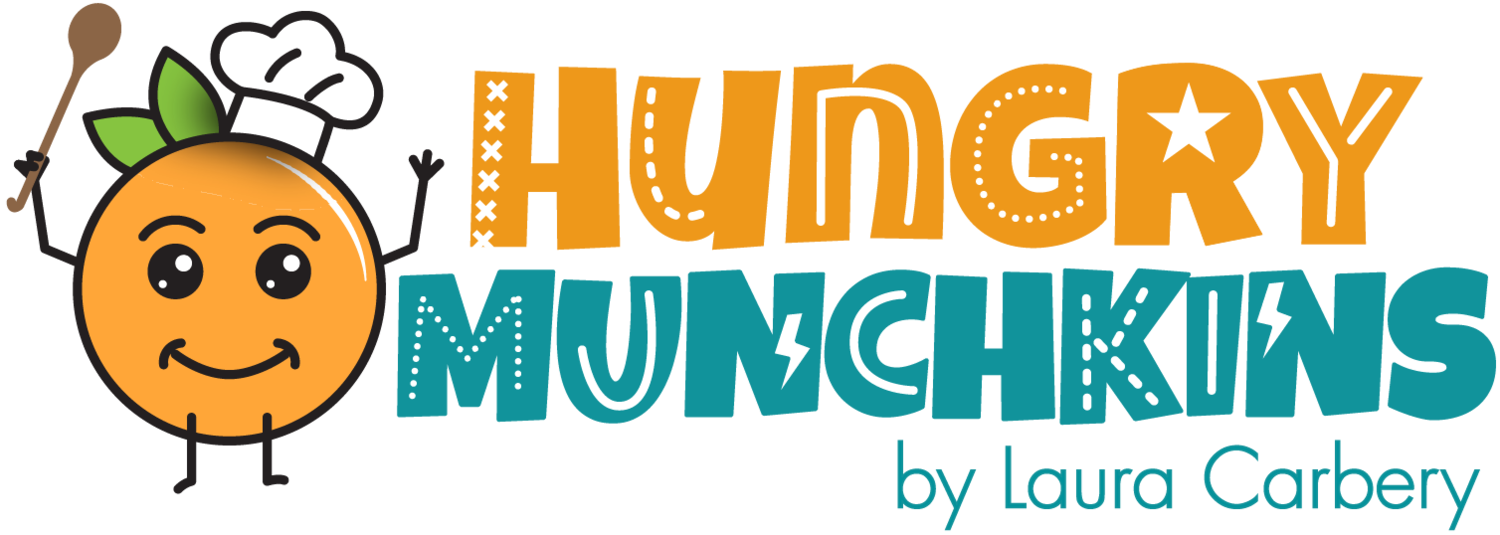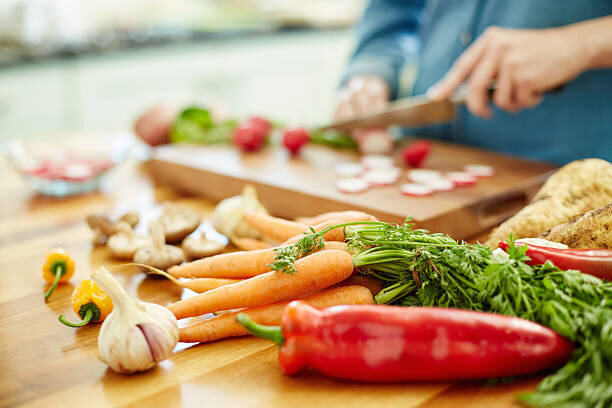Preventing Contamination During Food Preparation
Use separate work areas, utensils and equipment for meat, fish, fruit, veg etc.
Wash fruit, fish & vegetables in cold running water. NEVER wash raw chicken. You may increase your risk of food poisoning by spreading the bacteria to other work surfaces, hands, clothing, the sink etc.
Minimise the handling of food
If you choose to start your baby on solids before six months, you should take extra care. Sterilise feeding spoons until your baby is six months old and wash your baby's bowls and feeding equipment in a dishwasher or very hot water. Use a clean tea towel or paper towels to dry them.
Cooling & Freezing Food
Following cooking, food that will not be consumed immediately should be cooled as quickly as possible and put in the fridge within 2 hours.
Do not put food in the fridge or freezer while it is still hot, because it could raise the temperature of the fridge/freezer and allow other foods to get too warm.
Take care when cooling fresh food
Speeding up the Cooling Process
Divide food into smaller portions. Smaller amounts of food cool down more quickly
Pour hot liquids or sauces into larger containers. The surface area will be increased and therefore the liquids will cool down more quickly
Place containers of hot food in cold water/ice bath to make the contents of the containers cool more quickly
While food is cooling down, stir regularly with a clean utensil. Stirring helps food cool more evenly
Move hot food to a colder area of your kitchen. Make sure food is protected from contamination.
Label & date all foods that you are planning to refrigerate or freeze. This will help you keep track of when foods were made to allow for stock rotation and minimise waste.
Fresh, homemade baby food should be stored for no longer than 72 hours to prevent the growth of bacteria. (48 hours is best so that the possibility of bacteria growth is kept to a minimum and the food doesn't take on the 'taste of the fridge.'
For optimal quality and nutrient retention, keep frozen baby food cubes in the freezer for a maximum of 3 months.
Defrosting & Reheating Food
All food must be thoroughly defrosted in the refrigerator before reheating. Try plan ahead and defrost overnight.
Never defrost baby foods by leaving them at room temperature or in standing water.
When reheating baby food, make sure it's piping hot throughout ( internal temperature of 73C). You should be able to see steam coming out. Let it cool down before you give it to your baby. Dab a tiny bit of food on the inside of your wrist or back of your hand to see if it's a comfortable temperature before giving it to him/her.
Be extremely careful if reheating in a microwave as there may be hot patches
Once your baby is finished eating, throw out any food that is left in the bowl. Food should not be reheated more than once.



